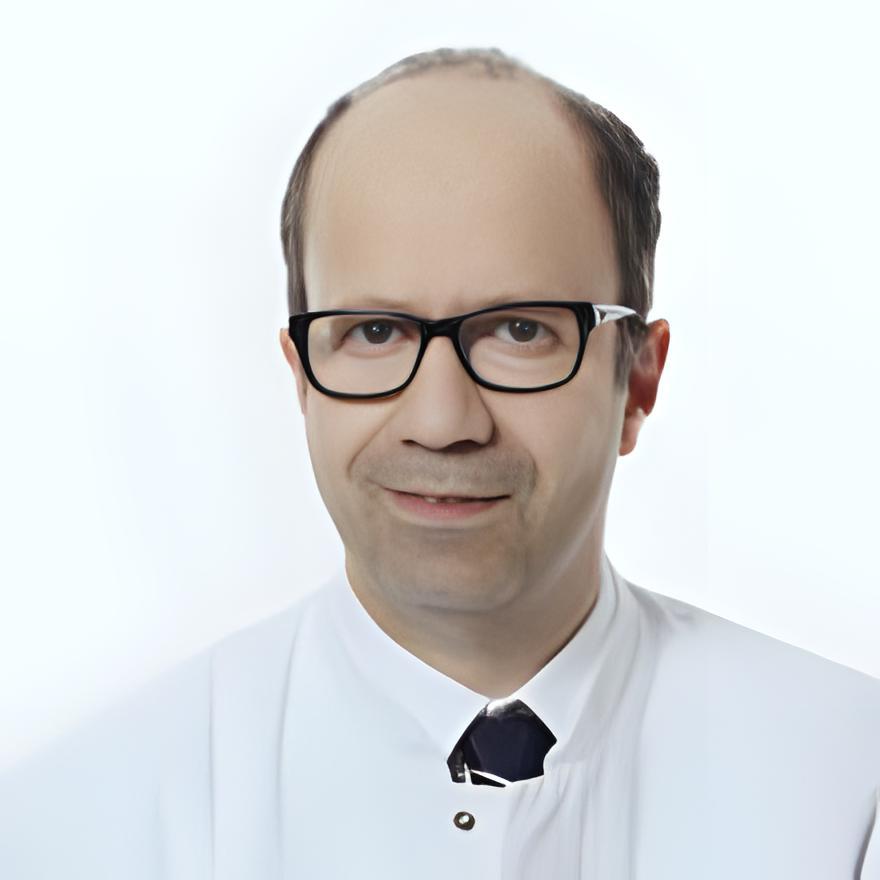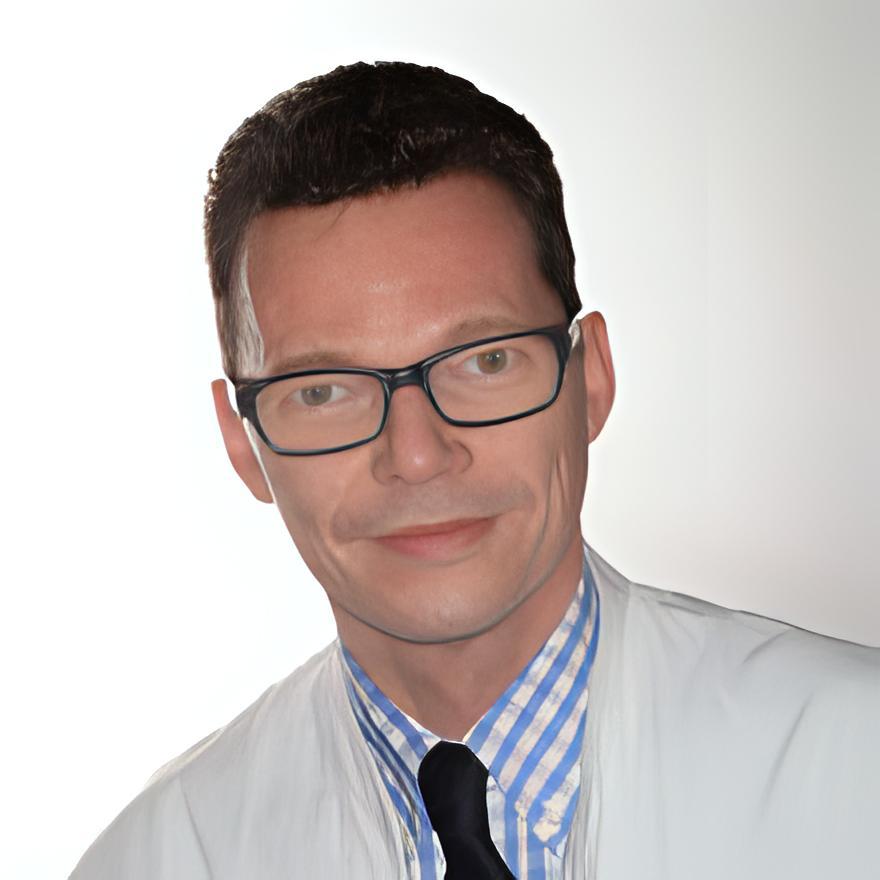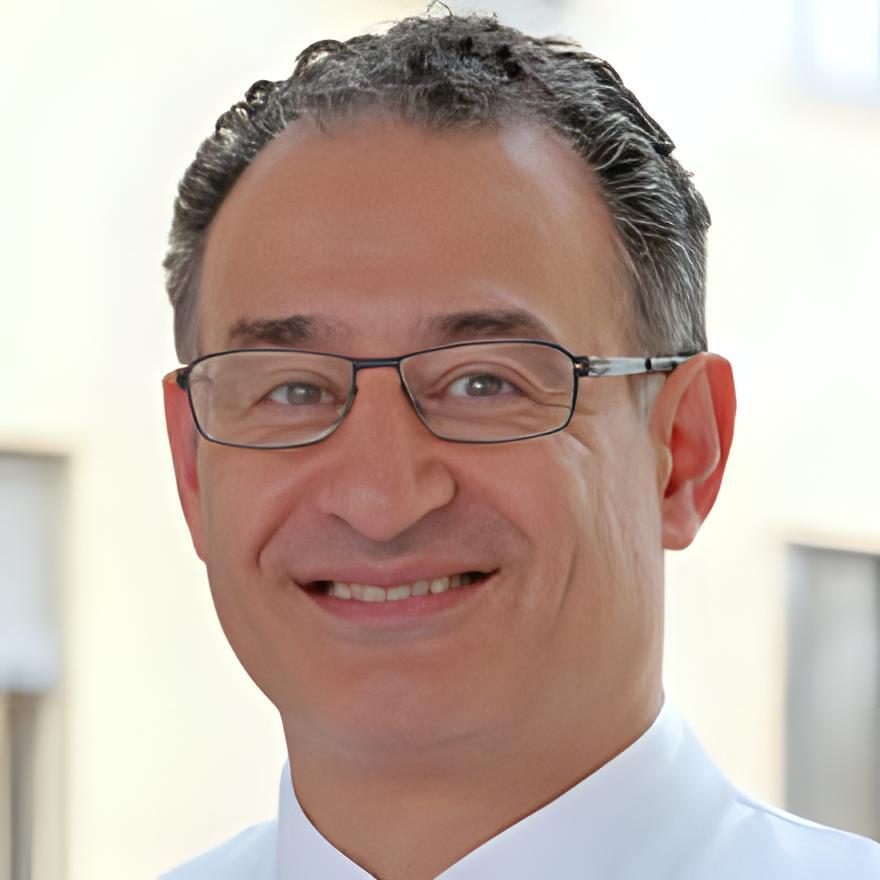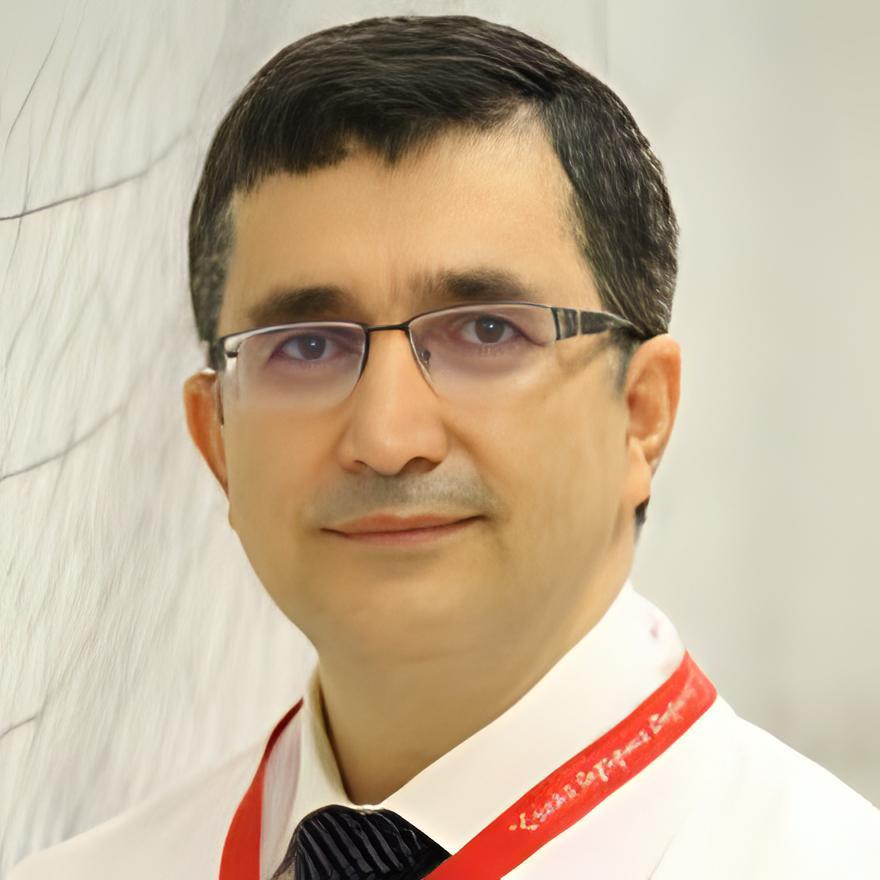Skin Cancer Guide

Skin cancer is the second form of cancer in the age 15-34 years;
If a person has 5+ sunburns, the risk of melanoma doubles;
About 9500 people will be diagnosed with skin cancer today;
Melanoma’s 5-year survival rate is 98-99%.
 What is the role of the skin?
What is the role of the skin?
Skin is our largest organ — an adult has about 22 square feet and 8 pounds (3.6 kilograms). It has three layers and goes all the way around the body.
Epidermis
The epidermis is the skin's top layer (the part we see, feel, and touch). It is constantly getting new cells because dead skin cells fall off daily. The main things that the epidermis does are:
- It adds new cells to the skin. As they grow, these “younger” cells take about a month to reach the top surface of the epidermis. The new cells will replace the old, dead cells on the skin's surface that keep falling off.
- It colors the skin. Melanocytes are the cells that make the pigment called melanin. It gives skin its color. Melanin is also what makes tans and freckles happen.
- It keeps skin safe. Keratin is a protein that content in the epidermis cells. It gives skin its strength and toughness and keeps it from drying out.
- It makes Vitamins. Cholecalciferol (Vitamin D3), essential for metabolism, is formed in the two lowest layers of the epidermis.
Dermis
It is the thickest middle layer of skin with many nerves and blood vessels. There are also sweat glands and hair follicles. The skin's flexibility and strength come from the dermis.
Dermis does the following:
- Pain and touch are felt.
- Getting oily and sweaty.
- Putting on hair.
- Keeping the temperature of the body stable.
- Protecting from sickness.
Hypodermis
It is the deepest layer of skin, called subcutaneous fat. It is primarily a fatty tissue that helps protect the body from cold and heat. A hypodermis is where fat is stored to give the body energy. This fat provides padding to cushion inner organs, muscles, and bones.
 Describing the skin cancer
Describing the skin cancer
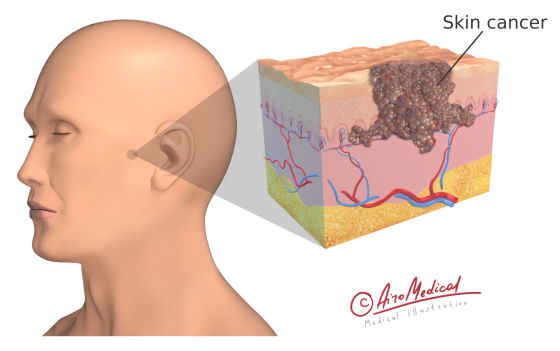 Skin cancer is the growth of abnormal cells in the epidermis that can't be stopped. Damage to the cell's internal structure and further changes lead to fast cell growth and cancer.
Skin cancer is the growth of abnormal cells in the epidermis that can't be stopped. Damage to the cell's internal structure and further changes lead to fast cell growth and cancer.
Skin cancer treatment is required for tumors that are easy to find. It is because the disease often starts on the parts that patients and doctors can see. Skin cancer can appear anywhere, from the head to the toes. Even if some parts of your skin are never in the sun, skin cancer can still happen. For example, under the toe or nail, on the genitalia, mouth, or lip.
Most types of skin cancer are:
- Basal cell carcinoma is the most common type of skin cancer. It starts when basal cells in the top layer of skin, called the epidermis, grow out of control.
- Squamous cell carcinoma is the second most common type of skin cancer. It is caused by the abnormal growth of squamous cells in the epidermis.
- Melanoma is the most dangerous type of skin cancer. It starts in melanocytes, skin cells that make the pigment melanin, which gives the skin its color.
- Merkel cell carcinoma is a rare but aggressive skin cancer that comes back and spreads to other parts of the body. So, getting a diagnosis and treatment right away is very important.
Recently, there have been more cases of skin cancer all over the world. Currently, 2 of 3 million cases of skin cancer that is not melanoma, and 132,000 receive skin cancer diagnoses annually. One in three people diagnosed with cancer has it on their skin, and the Skin Cancer Foundation says that one in five people is likely to get it. And today, about 9500 people worldwide will know about their skin cancer diagnosis.
 Skin cancer risk factors
Skin cancer risk factors
Due to CDC (Centers for Diseases Control and Prevention), skin cancer can happen to anyone, but some people are more likely to get it:
- Skin lighter in color quickly burns, gets freckles, turns red, or hurts in the sun.
- Blue or green eyes.
- Red or blonde hair.
- There are specific kinds and many moles.
- A personal or family history of skin cancer.
- Older age.
But, exposure to ultraviolet (UV) light, such as sunlight and tanning beds, is the leading cause of melanoma and other types of skin cancer. The risk grows with the amount of exposure.
How to avoid the risks?
It is much better to care about the skin’s safety than look for what are treatments for skin cancer. So, there are a few things to know:
First, practice the sun-safe behavior. It means:
- Stay out of the sun.
- Cover your arms and legs.
- Wear a wide-brimmed hat to protect the face, head, ears, and neck from the sun.
- Wear sunglasses that can block both UVA and UVB rays.
- Use sunscreen, at least with an SPF of 15 or more, that covers a wide range of wavelengths.
Second, stop indoor tanning, and that’s why:
When people use a tanning bed, booth, sunbed, or sunlamp to make their skin darker, they are exposed to many UV rays. Too much exposure to ultraviolet rays over time can lead to skin cancer, cataracts, and eye cancer.
 What are the symptoms of skin cancer?
What are the symptoms of skin cancer?
Most of the time, a specific change in the skin may be the first sign of skin cancer. A new growth, a wound that doesn't heal, or a change in a mole is suspicious, and persons who cure themselves must check such a mole. Skin cancers don't all look the same.
Melanoma's warning signs are easy if you remember the A-B-C-D-Es:
- Asymmetry is when a mole or birthmark is different on both sides.
- Borders that are uneven or scalloped.
- Color: They come in tan, brown, black, white, red, pink, and blue.
- Diameter: If the spot is more extensive than 6mm, which is about the size of a pencil eraser, it can be smaller.
- Evolving: If a mole or other skin spot's size, shape, or color changes quickly.
Treatment success does not depend on how skin cancer is detected. Time is the most critical factor So, don’t wait if you notice that your moles have changed.
 Diagnostic skin cancer tests
Diagnostic skin cancer tests
Self-examination is the most accurate way to determine if you have skin cancer. During the exam, you should pay close attention to the spots on the skin. If you look at your skin, you can see the changes. when cancer can be found early, it is still possible to cure it. Skin cancer can show itself in different ways, but these are the main signs:
- changes in the mole's color or size,
- a dome-shaped mole,
- a scaly coating,
- wounds that don't heal or wounds that heal but come back,
- a brown or black stripe under the nail is a sign of skin cancer.
With the help of modern tools, specialized knowledge, and highly trained specialists, skin changes can be found on time. And the treatment for skin cancer will be more likely effective.
- Dermatoscopy, or skin surface microscopy, looks at dark spots on the skin to find out what kind of skin disease it is.
- Confocal microscopy uses special equipment like an ultrasound machine to make a high-resolution image of tissues. It also finds and identifies many types of cancer and rare skin diseases.
- Electrical impedance spectroscopy (EIS) can determine if someone has early-stage skin cancer without hurting them. The EIS device is a handheld probe with a disposable electrode placed directly on the skin. Electrical impedance differences are used to distinguish between normal and abnormal skin lesions.
- The biopsy involves taking a small piece of tissue to study under a microscope. A pathologist looks at the tissue sample and decides if there are malignant changes. An oncologist chooses how to treat skin cancer.
Staging the skin cancer
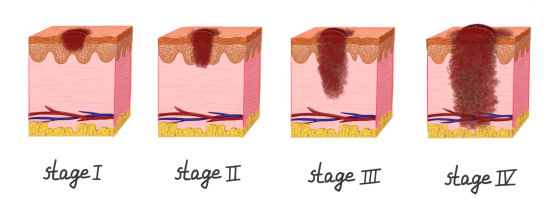
- Stage 0 in situ: In the early stage of skin cancer (Stage 0 melanoma), the cancerous growth is still in the top layer of the skin (the epidermis). Still, it hasn't spread any further (into the dermis).
- Stage I localized: When melanoma is in Stage I, cancer cells are found in the epidermis and the dermis. Stage I melanoma is close to 2 mm thick and may or may not have ulcers.
- Stage II localized: Melanoma is in stage II when the tumor is thick and has sores. Both the epidermis and the dermis have cancer cells.
- Stage III regional spread: Melanoma is in stage III when it has spread to lymph nodes and caused ulcers.
- Stage IV metastasis is out of the regional lymph nodes: In Stage IV, cancer has grown to parts of the body far from the first tumor site and nearby lymph nodes. Most often, cancer spreads to distanced skin and lymph nodes. It can also extend to the lungs, liver, brain, bone, or intestines.
What places are recommended to cure skin cancer?
 How is skin cancer treated?
How is skin cancer treated?
Skin cancer is a general term that can refer to skin tumors and melanoma, which can expand to other body parts. The number of cases is rising, but many stay in the first stage because patients know about it and get a correct diagnosis.
Oncologists can use the following methods to treat someone successfully:
- Systemic chemotherapy means anti-cancer drugs, called cytotoxic drugs, are injected into the bloodstream through a vein. These drugs travel through the body and kill skin cancer cells.
- Targeted therapy uses drugs that affect only specific genes or proteins that have been changed by cancer and are causing it to grow. The growth and spread of skin cancer are stopped at the molecular level.
- Radiation therapy uses high-energy rays or particles (e.g., photons, electrons, or protons) to destroy changed cells during the treatments for skin cancer.
- Surgical treatment (removal of skin growth) is also known as shaving removal of skin growths. It is a way to treat skin cancer in which cancerous moles, lesions, or tumors are surgically removed along with the healthy skin around them.
- Cryosurgery and electrodesiccation are two types of surgical treatment, including for skin cancer on the face. Cryosurgery is a method of thermal ablation that kills cells by exposing them to freezing temperatures. Electrodesiccation is two or three scrapings done repeatedly with an electric current to kill cancer cells and stop bleeding.
What clinics are the best for skin cancer treatment?
 New treatment options
New treatment options
One of the challenges of skin cancer treatments is to find methods that work well and don't hurt the body too much. Because of this, the most recent technology and expert knowledge go well together. So, there are new, more advanced, and very effective kinds of treatments for facial skin cancer (as well as for other body parts):
- Immunotherapy is a way to treat cancer that helps the body fight the disease. Medicines are used to get the immune system going and kill the hurt skin cells. There are prescribed to treat progressed (stage 4) melanoma. It is sometimes given as part of a clinical trial to people with stage 3 melanoma.
- Photodynamic therapy (PDT) is a cure, including facial skin cancer treatment. A patient has a drug that turns cells more sensitive to light. The doctor then shines a variety of lights on the area being treated. When the drug and light are used together, they kill the cancer cells. The substance (photosensitizer or a photosensitizing agent) used with different kinds of light and other drugs react to light. Where the cancer is in the body will determine what kind of drug and light the patient gets.
- Microsurgery (Mohs micrographic surgery) is a one-of-a-kind way to remove cancerous growths by cutting away layers of skin while studying them in the lab. So, the surgeon can get to healthy skin layers and is sure to get rid of the whole tumor. It is suitable for skin cancer on-face treatment and can heal in 4-6 weeks. As with any other surgery for skin cancer, Mohs surgery will leave a scar. Mohs surgery keeps as much healthy skin as possible. It gives the surgeon the most options for fixing and repairing the surgery site once the tumor is gone.
Scientists say that new ways of treating skin cancer can already make it possible to cure it completely.
If you think you might have skin cancer, you should see a dermatologist right away. Doctors use many tests to find, diagnose tumors at different zones, and choose the therapy, including on-face skin cancer treatment. We can help to select the best specialist for your case.
What are doctors specialized in skin cancer treatment?
 Statistics and prognosis
Statistics and prognosis
When someone is told they have skin cancer, the natural question they have is how bad the disease will become. A doctor's prognosis estimates how a person's condition will affect them and how they will react to treatment. The outlook and chance of survival depend on a lot of different things. Predicting survival is something that only a doctor can do. Only a doctor who knows the patient's medical history, the type and stage of cancer, the chosen treatment, and responds to treatment and then compares this information with survival rates can do this.
With help from the National Cancer Institute, the American Cancer Society gathered data on how many people with skin melanoma survive for five years based on the stage. The observation was conducted for seven years and showed the following results. Survival was 99% in Stage I, 68% in Stages II–III, and 30% in Stage IV.
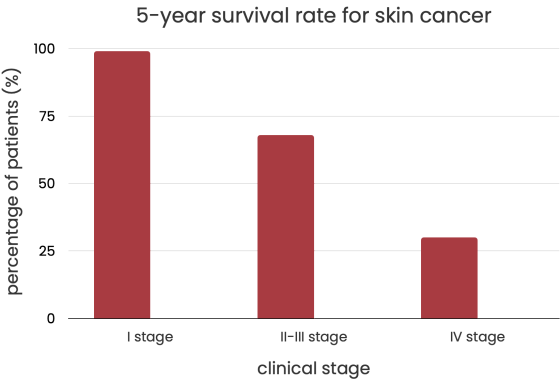
No matter what stage the cancer is in, people with it need help from professionals who know a lot about it and can tell them everything they need to know. Patients can make better decisions about their treatment for skin cancer on the face or elsewhere if they know their options and look for the necessary resources.
It is essential to find a different answer for each situation. Personal approach and correct treatment strategy selection are clues to recovery from skin cancer. And we at AiroMedical help to find the proper specialist in the appropriate place.
References:
- National Library of Medicine: Surgical treatment of basal cell carcinoma: an algorithm based on the literature
- Science Direct: Electrodesiccation and Curettage
- WebMD: New Drug Might Be Non-Surgical Option for Common Skin Cancers
- The Skin Cancer Foundation: The Most Effective Technique for Treating Common Skin Cancers
- Cancer Research UK: Photodynamic Therapy (PDT) for skin cancer
- Cancer Research Institute: How is Immunotherapy for Skin Cancer Changing the Outlook for Patients?
- American Cancer Society: Radiation Therapy for Basal and Squamous Cell Skin Cancers
- Canadian Cancer Society: Chemotherapy for melanoma skin cancer











